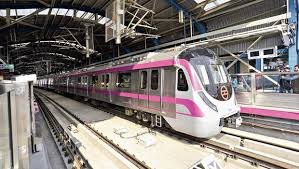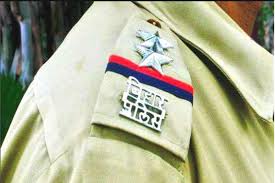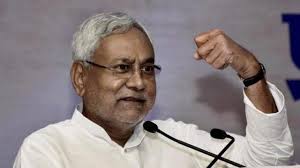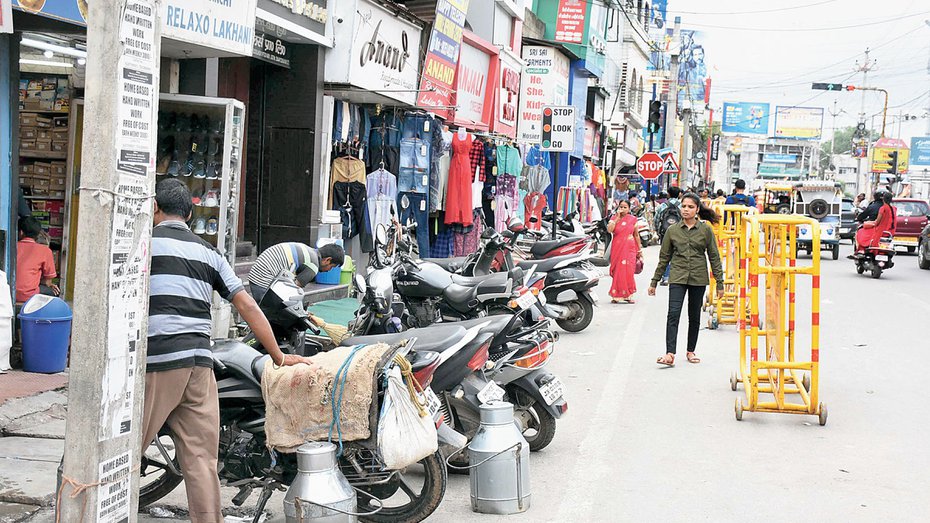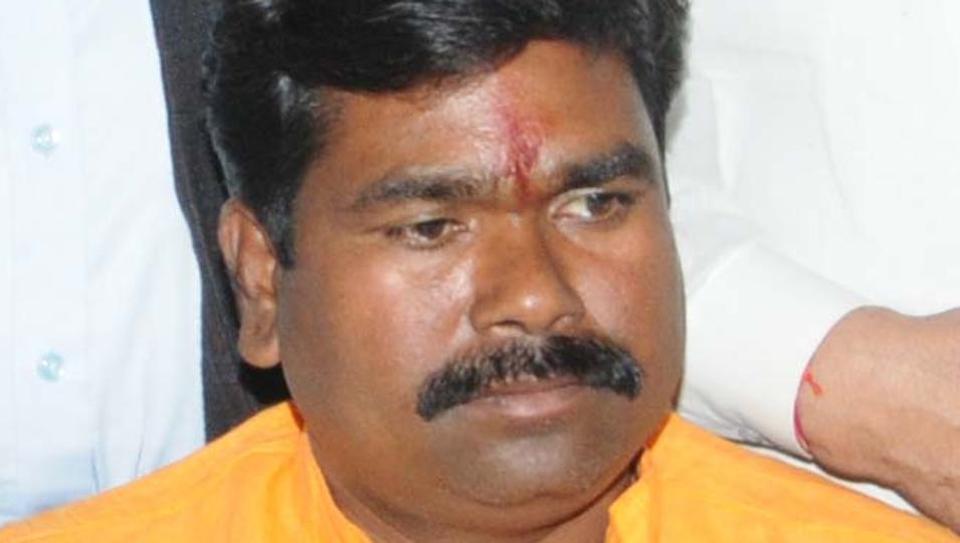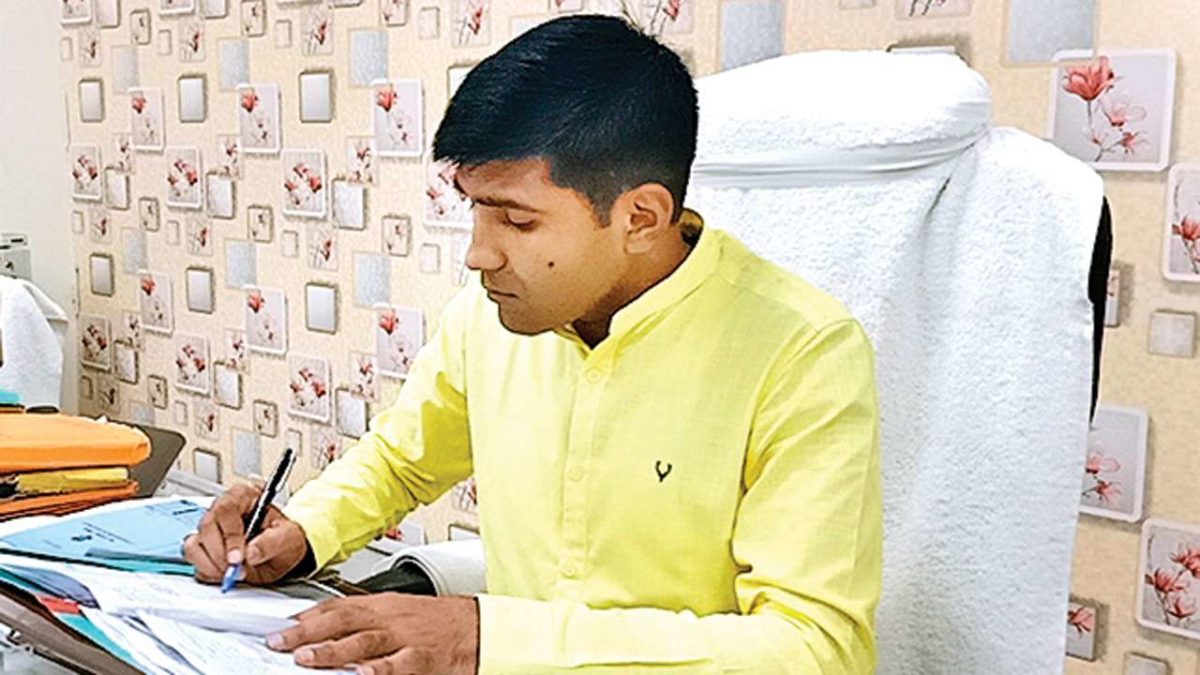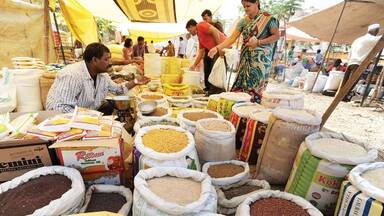Source: telegraphindia.com
The proposed monorail/metro project for Ranchi, which chief minister Raghubar Das had announced in November 2015, has been struck off from the priority list of the government ahead of the upcoming Assembly elections.
Ministers and members of the BJP tasked with the job to highlight the achievements of the government ahead of the crucial polls no longer broach the sensitive topic of “Metro Rail”.
The central government, which was supposed to provide funds for the project, has also rejected the state’s proposal on technical grounds but residents feel that monorail or metro railway is the need of the hour for better public transport in the state capital.
“In the next three decades Ranchi is bound to expand because of the growing population but the government has not taken any step for planned development of the capital. The main city is spread over a few square kilometres but people are gradually settling down in the fringes of the city. In such a situation, metro rail would have served future purposes. Now, the Jharkhand High Court and the Assembly are being shifted outside the city limits and people will require a rapid transport system,” said city-based contractor Arun Kumar Mishra.
Ranchi entrepreneur Chandra Bhushan Jha, however, feels metro is not feasible for a city like Ranchi that is growing vertically.
“Patna will soon have metro railway but we don’t even have proper city bus services. A bus fleet was purchased under JNNURM to improve urban transportation but most of these buses are in bad shape because of lack of maintenance. Metro is indeed required since Ranchi has the worst traffic system but the big question is whether we have enough space within the city to execute the project,” said Jha.
Sidharth Tiwary, a business consultant, however, feels otherwise.
“Three cities of Jharkhand — Ranchi, Jamshedpur and Dhanbad — have been categorised as tier-II cities. Trade, commerce and industry in Ranchi is expanding. Inter-connectivity of districts should be priority for the government now. Urban development remained pivotal for the government and a number of good works were done by Das but I am surprised why the government did not take up the metro railway project,” said Tiwary.
State urban development minister C.P. Singh, who also holds the additional charge of transport, said the project had been aborted on technical grounds.
“We had submitted a proposal to the Centre but it was rejected on technical grounds. In future I don’t think neither monorail nor metro railway would be taken up for Ranchi. We don’t have sufficient land in the city to start the project. People want facilities but they won’t part with land. Even in executing small projects we face problems and protests. To commission a project the government is forced to use force and then attract criticism. Without public cooperation it is impossible to start a mega project like this,” minister Singh said.
He added that the urban development department had identified government land at Dubalia to set up the Transport Nagar but people had started protesting against the project.
“Like at Bajara, the department had identified government land to execute a housing project for the poor, but we have been facing protests. In fact, the government drags its foot from any project fearing people’s protest,” said Singh.
